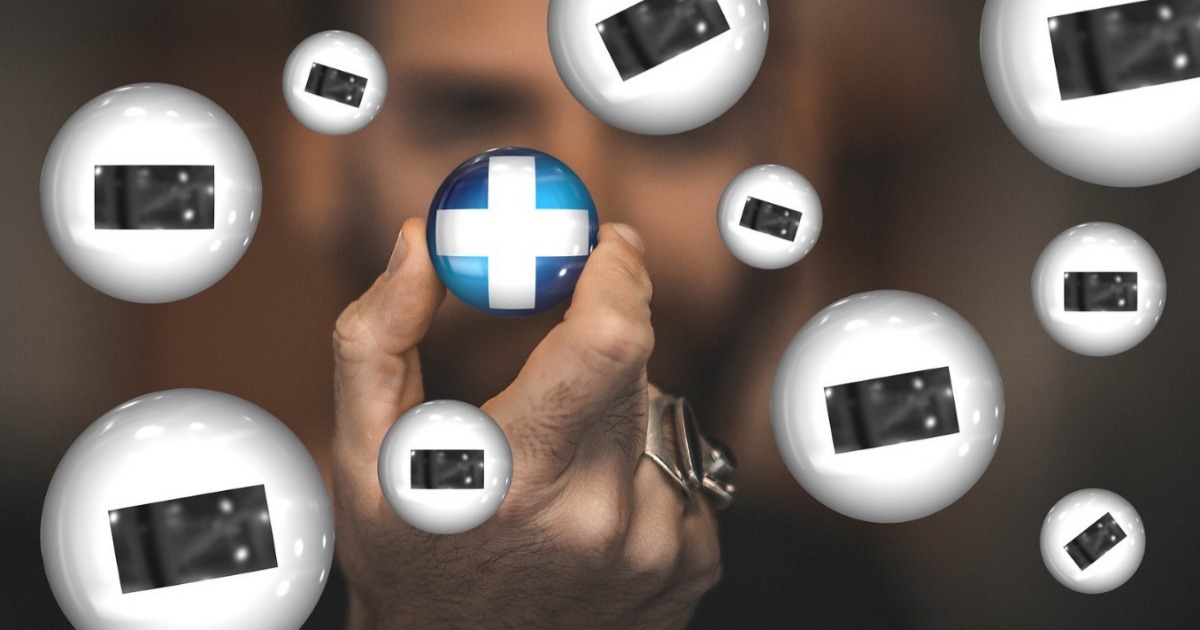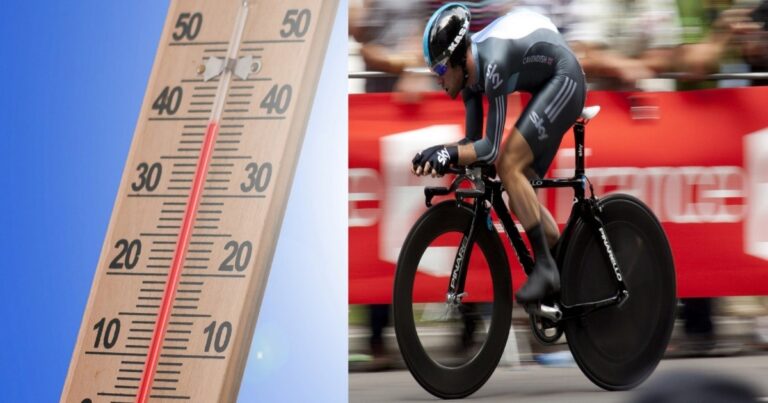A cation is an ion that has a positive charge and an anion is an ion with a negative charge. Both cations and anions are types of ions. An ion is an atom or group of atoms that have an electric charge, i.e., they have a difference between the number of protons and the number of electrons that make up the ion.
| Difference | Cations | Anions |
|---|---|---|
| Definition | Positively charged ion | Negatively charged ion |
| Formation | Formed by loss of electrons | Formed by electron gain |
| Charge | Positive charge | Negative charge |
| Types of ions |
|
|
| Examples |
|
|
What is an anion
An anion in chemistry is defined as an ion that is negatively charged because it has excess electrons. An anion is formed when it gains electrons, i.e., it gains one or more negative charges.
Examples of common anions
We present you a list of the different types of anions.
Monoatomic monovalent anions: ions of a single atom with a negative charge.
-
Chloride anion Cl–
-
Fluoride anion F–
-
Bromide anion Br–
-
Iodide I anion–
-
Hydride anion H–
Divalent monoatomic anions: ions of a single atom with two negative charges.
-
Sulfide anion S2-
-
Oxide anion O2-
Trivalent monoatomic anions: ions of a single atom with three negative charges.
-
Nitride anion N3-
-
Phosphide anion P3-
-
Arsenide anion As3-
Polyatomic anions: ions of two or more atoms.
What is a cation
A cation in chemistry is defined as an ion that is positively charged because it lost electrons from its outermost shell. Cations are formed when they lose one or more electrons from their valence shell.
Examples of common cations
We present you a list of different types of cations.
Monoatomic monovalent cations: ions of a single atom with a positive charge.
-
Lithium cation Li+
-
Sodium cation Na+
-
Potassium cation K+
-
Silver cation Ag+
-
Copper (I) cation Cu+
Divalent monoatomic cations: ions of a single atom with two positive charges.
Trivalent monoatomic cations: ions of a single atom with three positive charges.
Polyatomic cations: ions of two or more positively charged atoms.
You may be interested to see:




